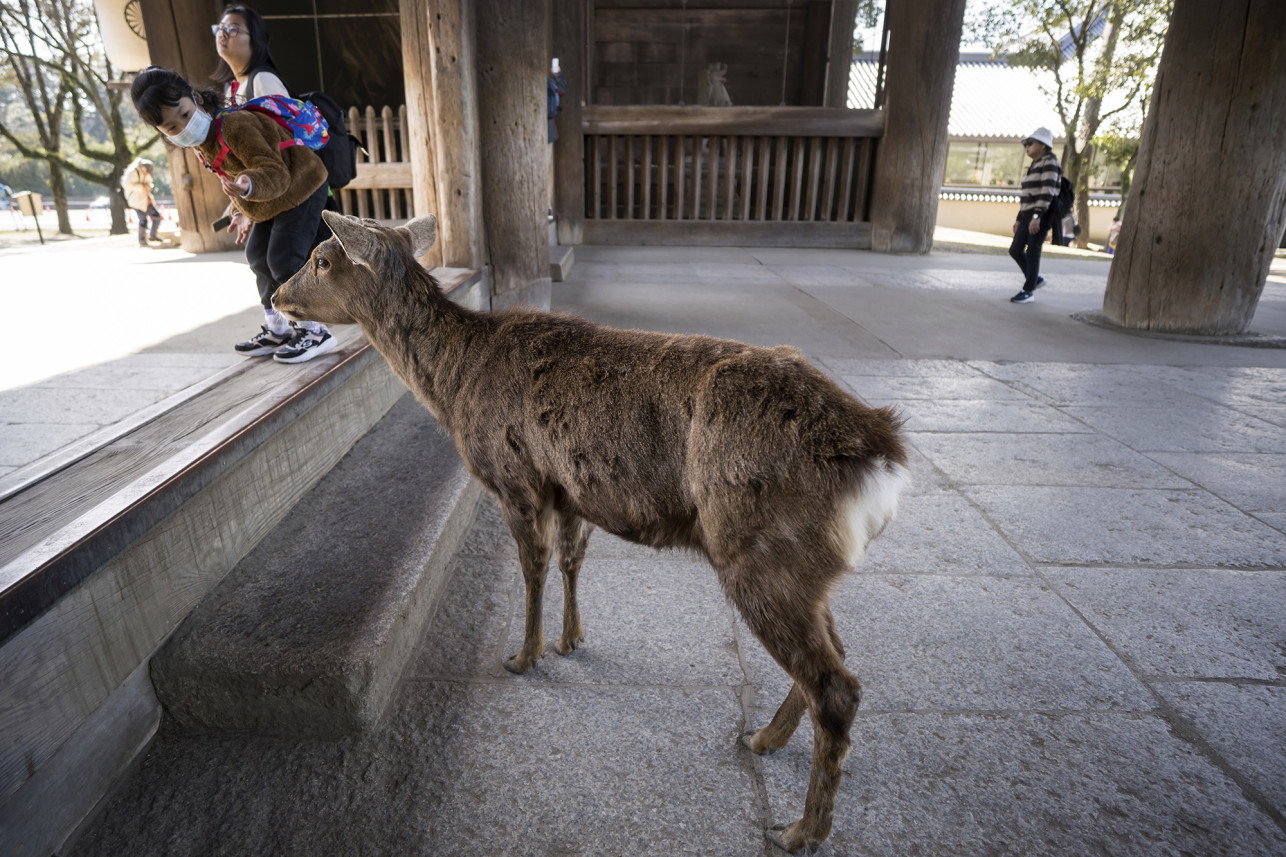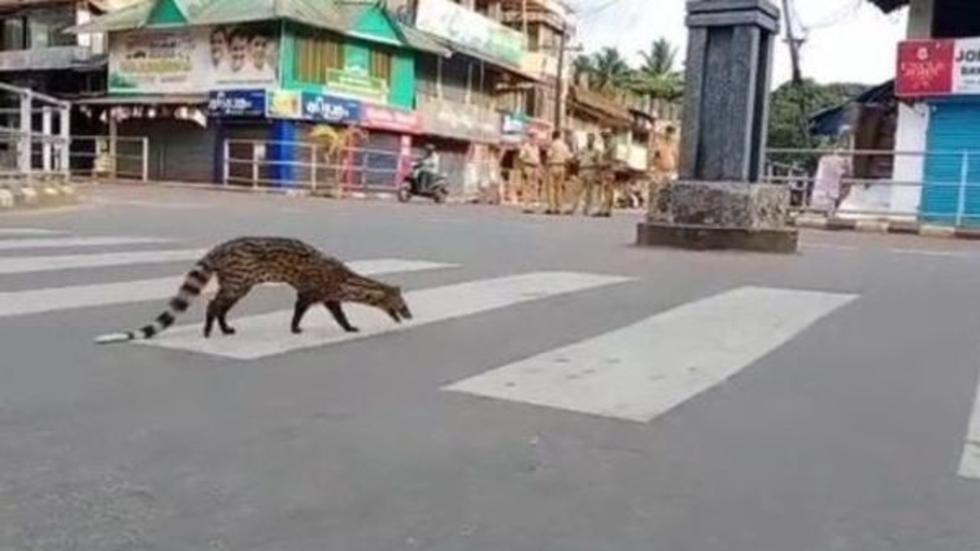
- Home
- India
- World
- Premium
- THE FEDERAL SPECIAL
- Analysis
- States
- Perspective
- Videos
- Sports
- Education
- Entertainment
- Elections
- Features
- Health
- Business
- Series
- In memoriam: Sheikh Mujibur Rahman
- Bishnoi's Men
- NEET TANGLE
- Economy Series
- Earth Day
- Kashmir’s Frozen Turbulence
- India@75
- The legend of Ramjanmabhoomi
- Liberalisation@30
- How to tame a dragon
- Celebrating biodiversity
- Farm Matters
- 50 days of solitude
- Bringing Migrants Home
- Budget 2020
- Jharkhand Votes
- The Federal Investigates
- The Federal Impact
- Vanishing Sand
- Gandhi @ 150
- Andhra Today
- Field report
- Operation Gulmarg
- Pandemic @1 Mn in India
- The Federal Year-End
- The Zero Year
- Science
- Brand studio
- Newsletter
- Elections 2024
- Events
- Home
- IndiaIndia
- World
- Analysis
- StatesStates
- PerspectivePerspective
- VideosVideos
- Sports
- Education
- Entertainment
- ElectionsElections
- Features
- Health
- BusinessBusiness
- Premium
- Loading...
Premium - Events

COVID-19: The wild are back to life, for now
The lockdown to contain the spread of COVID-19 has brought about a temporary relief to elements of nature, especially the wildlife which plays a great role in running our ecosystem.

Clean rivers. Pure air. A lasting quietness. The lockdown to contain the spread of COVID-19 has brought about a temporary relief to elements of nature, especially the wildlife which plays a great role in running our ecosystem. In the last few days, many photos and videos going viral on social media showed wild animals on streets. A Nilgai was seen crossing a road in Noida, dolphins were...
Clean rivers. Pure air. A lasting quietness. The lockdown to contain the spread of COVID-19 has brought about a temporary relief to elements of nature, especially the wildlife which plays a great role in running our ecosystem.
In the last few days, many photos and videos going viral on social media showed wild animals on streets. A Nilgai was seen crossing a road in Noida, dolphins were spotted in the sea off Mumbai, a civet was seen in Kozhikode, Kerala, elephants reclaimed their spaces across train lines and highways laid through forests and Sambar deers enjoyed a walk in human habitats.
Can all these be termed as “dramatic change”, an indicator of good environment?
Proximate behavioural response
“When it is hard for us to judge the impact of the lockdown on human society, it is only harder to assess its impact, if any, on wildlife,” says MD Madhusudan, an independent researcher, adding that there are very few reliable baselines against which we can make comparisons.
To draw broad conclusions about how wildlife is responding to the lockdown from a few isolated anecdotes would be unwise, he says.
“Generally wildlife of all kinds respond constantly to the changes in their surroundings. One can think of both the changes and the responses of wildlife on two scales. Proximately, animals may alter their behaviour to suit changing conditions in their surroundings. For example, on a very busy highway passing through a national park, if there is a quiet half an hour without vehicles on the road, it is possible that a herd of elephants, which was grazing inside the forest to avoid disturbance along the highway, might move closer to the highway and even graze along it. But once vehicular traffic picks up again, they may again retreat.”

The other kind of change takes place more slowly, over a longer period of time. This may elicit responses from wildlife that are slower, but also possibly more lasting. For example, if the busy highway were completely closed and dismantled, and forests allowed to come back in its place, gradually, over time, it is possible that many more animals start using the site, or using them more frequently, and one may even find species at the site that did not occur there previously, he says.
Quick alterations that animals may make to their behaviour in response to short-term changes in their surroundings may also be reversed just as rapidly, the researcher observed.
“To see videos of an elephant walking through a checkpost, a nilgai on a thoroughfare, deer in a suburb, or a civet on a street in the middle of the day is no doubt very interesting and exciting,” says Madhusudhan. “But we must understand that these animals did not appear in these places out of nowhere. Wildlife are often remarkably resilient if they are not directly hunted or harmed. In all likelihood, these animals have always lived in or around those areas even when they were abuzz with activity. Perhaps they would have been more shy and more nocturnal. But as human activity reduced in the wake of the lockdown, they may simply have felt bolder to move around, including during the day.”
In India, people are not only curious but also concerned about other living beings, especially large animals. They do know that as humans have expanded their influence on the environment, wildlife has often been in retreat. To believe that by shutting things down for three weeks, we are helping wildlife recover is a fantasy that many would be quite ready to embrace.
Sounding skeptical, Madhusudan said some places had noticeable — but very likely, temporary — changes in behaviour of some animals. “Once people are out and about, animals will just rapidly respond to that and become less visible,” he said.
Bane for pet animals
“Excited to see lots of animals out? Is Nature really reclaiming back?” tweeted Sudha Ramen, an IFS officer and deputy director, Arignar Anna Zoological Park.
She attributed the movement to less traffic and hindrance in forests and their peripheries, and pointed that: “These were there all these days, just that we didn’t notice.”

There is something common in all these videos. There was no conflict at all. No chasing and no stone pelting and no one was attacked, she said. “So what can you infer? If you don’t trouble these animals, they don’t trouble you too. It’s as simple as it is.”
However, what is a boon for wild animals has become a bane for pets. COVID-19 is a zoonotic disease, that is, the virus spreads from animals to humans. Though it has not been proved, it is being said that bats were the sources and there was some intermediate animal which transmitted to humans.
“Many fear about the pets and there are news about people having abandoned their pets. People should understand that there is no evidence that pets (dogs, cats or other animals) can transmit COVID-19 to humans. There is no need to panic. Animals under human care need human care, they cannot survive without,” says Ramen.
Terming the incident of Malayan Tiger testing positive for coronavirus in US’s Bronx zoo as an “eye opener”, she explains about precautionary measures taken by the Chennai zoo authorities to prevent animals from getting affected.
“Through the incident, we came to know that the virus can even spread from humans to animals,” she says. “In Vandalur, staff are screened, disinfectants spread and feed is being checked. We minimised human intrusion. Only veterinarians can touch the animal. We have also set up CCTV cameras inside the cages, so that we can know whether the animals are showing any symptoms.”

Poaching during lockdown
On the other hand, K Ullas Karanth, who is an authority on tigers and also the director of Centre for Wildlife Studies, says that the new threat to tigers is not the virus but poaching.
In some tiger habitats in the Western Ghats, there appears to be a surge in local poaching, with hunting of tiger’s prey species ratcheting up because patrol intensity and protection have declined under the lockdown, he says.
Other social factors too are contributing to this surge. Unemployed rural workers, deprived of wages and sources of domestic animal protein, are again turning to wild meat as was the case in the 1950s and 60s. The police, being busy elsewhere and forest officials facing constraints of movement, courts being closed etc., are emboldening a new wave of poachers, as recent reports from Kodagu and Shivamogga show, he said.
“This resurgence of poaching, once unleashed will be hard to prosecute and control given other social pressures in play. The mass media and senior officials would do well to focus on this poaching issue rather than worry excessively about imagined tiger population declines resulting from the virus,” Karanth notes.

He believes that the US tiger’s infection is being blown out of proportion in India, “although this may be out of genuine concern”.
“It is well known that coronaviruses do affect other mammal species and transmission across species including from and to humans are well known and recorded. This specific virus is known to affect domestic cats and it is no surprise tigers can get it too,” he says.
“However, given that wild tiger populations have high birth rates and high annual mortality rates (up to 20% based on my studies), coronavirus-related threats are highly unlikely to cause tiger population declines. There are many other even more virulent infections like rabies, canine distemper, etc. floating around them for decades with practically no impact on tiger population densities. I find that there is excessive focus and impractical instructions issued by higher officials are receiving far too much media attention compared to an emergent real threat to tigers as a consequence of the virus-related lockdown,” he says.
Need social discipline
On the contrary, Shekhar Kumar Neeraj, director, Advanced Institute of Wildlife Conservation, says poaching activities have been come down during this lockdown.
“As like any other trade, wildlife trade is also based on demand-supply dynamics. Since there is a ban on transport and cargo, the demand is very poor. China is the major demand country for wildlife trade. But after the corona outbreak, the demand side is now slackening and uncertain. So the supply has also decreased. However, this will be reversed once the lockdown is lifted,” he said.

When asked whether existing wildlife laws will become more stringent after the lockdown, Neeraj says he is optimistic about that.
“We have the tendency of forgetting the past. But these kinds of trade cannot be stopped only with the help of law. It also requires social discipline. Unless people understand this, it cannot be stopped,” he says.


